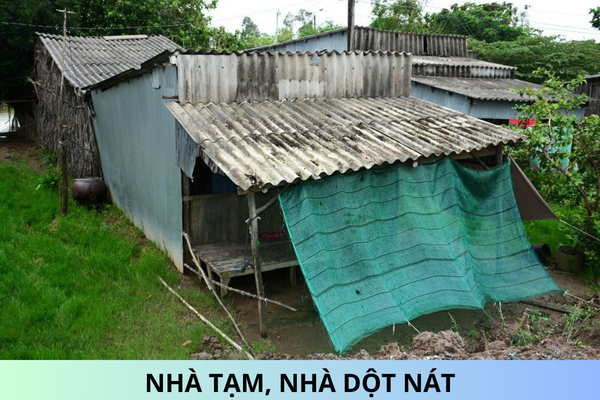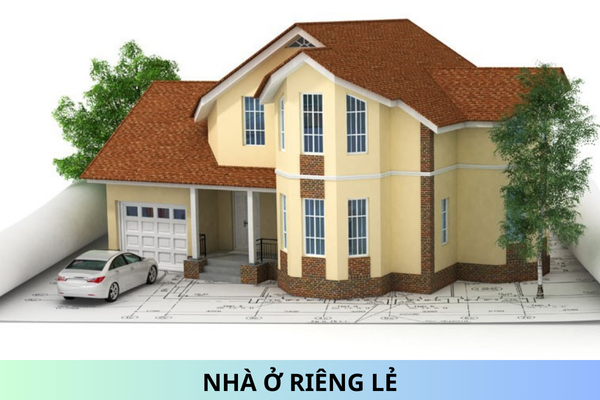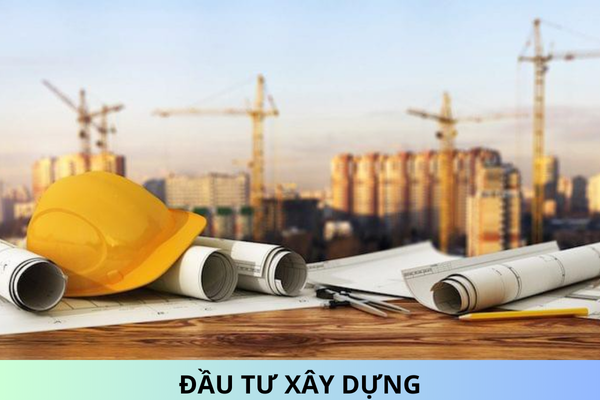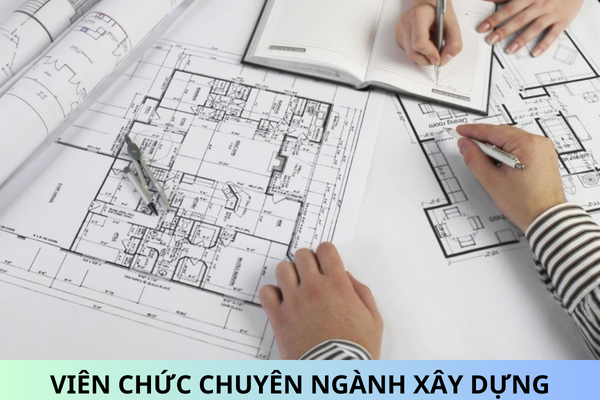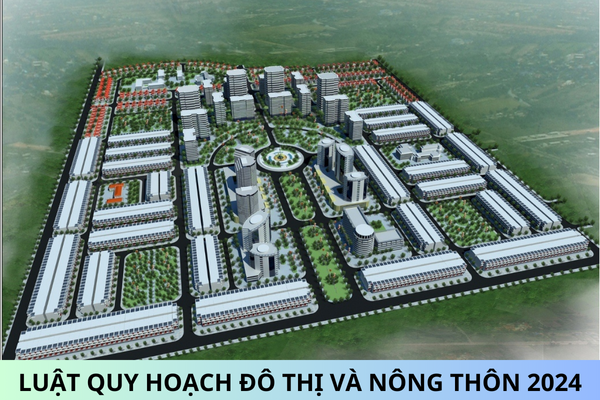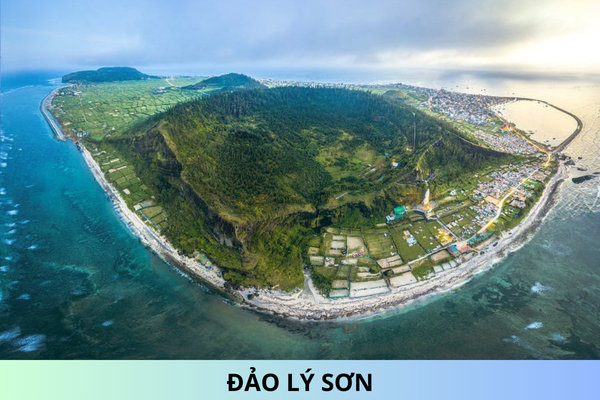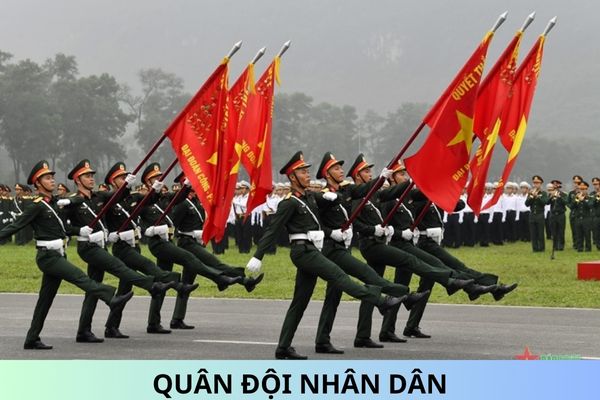What are standards for working in a tunnel with a compressed air environment in ensuring safety at construction sites in Vietnam?
What are standards for working in a tunnel with a compressed air environment in ensuring safety at construction sites in Vietnam? What are standards for formwork and concrete construction in ensuring safety at construction sites in Vietnam?
What are standards for working in a tunnel with a compressed air environment in ensuring safety at construction sites in Vietnam?
Pursuant to Section 2.9.3 of the National technical regulation on safety in construction QCVN 18:2021/BXD promulgated together with Circular 16/2021/TT-BXD stipulating standards for working in a tunnel with a compressed air environment in ensuring safety at construction sites in Vietnam as follows:
2.9.3.1 Bulkheads to separate the working compartment from areas of lower pressure shall have sufficient strength to withstand the maximum pressure on it.
2.9.3.2 In order to prevent the danger of flooding, rapid flooding caused by water or other material overflow, in case of necessity, it is necessary to arrange partitions at a position close enough to the excavation surface or excavation shield to ensure that workers can emergency escape.
2.9.3.3 In tunnels where there is a risk of water or other material entering, safety partitions must be arranged within 60 m from the excavation surface.
2.9.3.4 When using an electric-powered air compressor, there must be a backup compressor in case of power failure. The backup air compressor must be able to supply at least 50% of the required air.
2.9.3.5 When using a non-electrical type air compressor, one power supply is only allowed to supply no more than 50% of the total number of compressors.
2.9.3.6 Each gas pipeline must be equipped with a gas receiving device (machine), a stop valve, a pressure reducing valve and a non-return valve installed near the pressure device.
2.9.3.7 Air supply from the air receiver to the working compartment shall be done by means of double air supply pipes.
2.9.3.8 On a separate pipeline leading from the working space through the bulkhead to the outside air, a safety valve (adjustable type) must be installed on the outside of the bulkhead.
2.9.3.9 In addition to using pressurization equipment, pressurization chambers, in tunnels, it is advisable to arrange an emergency pressurization system capable of providing rescue for all employees of a working shift.
2.9.3.10 A suitable pressurization chamber must be installed when workers work in a compressed air environment in tunnels where the air pressure exceeds 1.0 bar.
2.9.3.11 Inside tunnels with a diameter or height of 5 m or more, an overhead road (gangway) must be installed from the excavation surface to the nearest pressurization chamber (or pressurization device). Tunnel must ensure a minimum clearance height of 1.8 m.
2.9.3.12 In the tunnel, the water supply pipe must be arranged to the working compartment with full inlets within a range of not more than 30 m from the excavation surface.
2.9.3.13 When blasting is carried out in a tunnel in a compressed air environment, the provisions of 2.17 and the following regulations must be complied with:
a) Only persons assigned to carry out blasting are allowed to stay in the working compartment while the explosives are being loaded into the boreholes;
b) After the blasting is completed, it is not allowed to enter the working compartment before the smoke and dust have cleared.
What are standards for formwork and concrete construction in ensuring safety at construction sites in Vietnam?
Pursuant to Section 2.11.1 of the National technical regulation on safety in construction QCVN 18:2021/BXD promulgated together with Circular 16/2021/TT-BXD stipulating standards for formwork and concrete construction in ensuring safety at construction sites in Vietnam as follows:
2.11.1.1 For structures with structures or parts of structures using cast-in-place concrete, temporary support work (including formwork), concrete construction work must be performed by workers training and coaching in accordance with relevant types of work performed under the supervision and coordination of competent persons.
Note 1: Persons competent to supervise formwork and urban construction sites are specified in 2.3.
Note 2: Persons competent to supervise the construction of structures using concrete must comply with the provisions of the law on construction.
Note 3: For works using cast-in-place concrete structures and pre-engineered structures, the erection work of the structure shall comply with the provisions of 2.10.
2.11.1.2 Precautions must be taken to ensure safety for workers and pay special attention to: Temporary support work to prevent dangers arising from weak or unstable structures; the risk of high falls; the risk of unsafety when using machines and equipment for processing steel, reinforcing steel, transporting and pouring concrete, pulling prestressed cables; the risk of fire when using welding machines and other types of heaters; electrical safety risk when pouring concrete.
2.11.1.3 Construction works (including formwork) must comply with the provisions of 2.3 and additional regulations for formwork work at 2.11.2.
Best regards!
